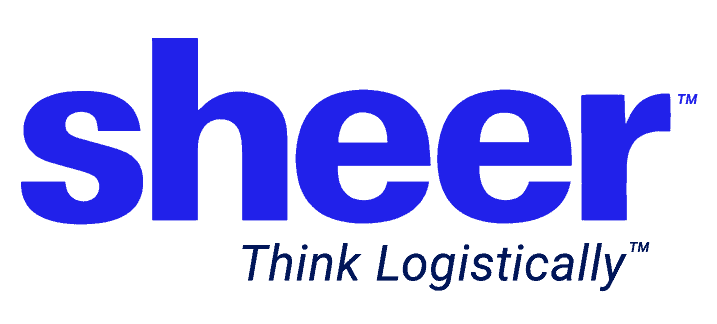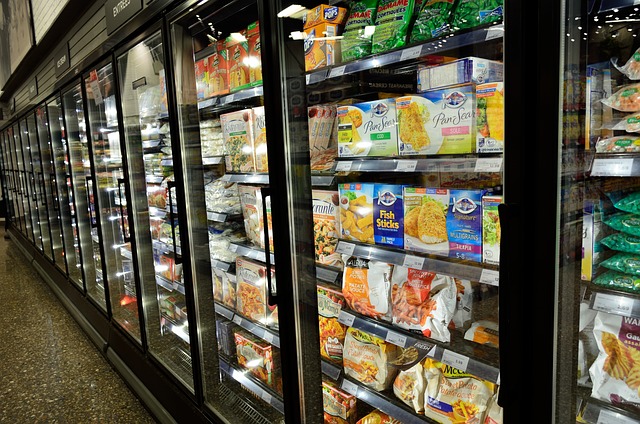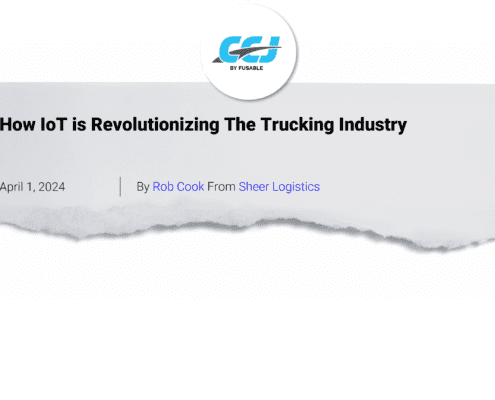In order to understand the world of Fourth-Party Logistics, or 4PLs, let’s first take a step back and look at Third-Party Logistics (3PLs). When it comes to over the road transportation, at its most basic, there are three parties involved in getting a shipment from origin to destination: (1) the shipper, that is, the manufacturer or owner of the goods to be transported; (2) the carrier, that is, the trucking company hauling the goods; and (3) the 3PL, sometimes referred to as a broker, who acts as a middleman between the shipper and carrier. This is a very simplified definition, as a trucking company (i.e. an asset-based carrier) may also have a 3PL or freight brokerage arm. 3PL can also refer to a warehouse/distribution provider, freight consolidation or other services. Freight forwarders are sometimes considered 3PLs. While it can be confusing, at its core, 3PL can refer to any third-party that is providing logistics and/or transportation services that is not the shipper or the carrier.
So what does 4PL refer to? 4PL providers go beyond providing a single logistics function, often managing and integrating a shipper’s entire supply chain and logistics operations under one service provider. This can include managing multiple 3PLs if necessary. Think of it this way: large shippers often utilize multiple 3PL providers to ensure they have access to the truck capacity they need to move their shipments and to do so at competitive rates and the desired level of service. Managing multiple 3PLs can be a cumbersome task, requiring the continued investment in large teams and logistics technology. For this reason, and many others we will explore below, large shippers often partner with 4PLs (this is often to referred to as “outsourcing”). Increasingly, small- to medium-sized shippers are embracing 4PLs and/or Managed Transportation Services models as well, as TMS and integration technology become more cost effective and attainable.













